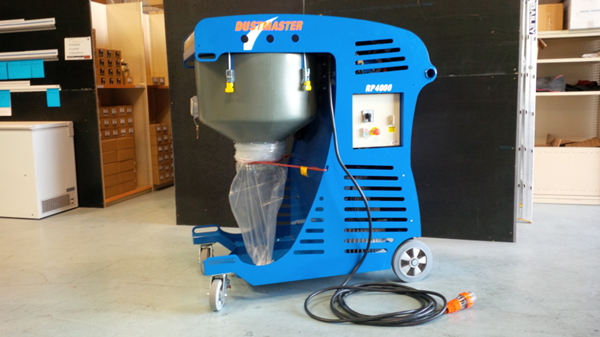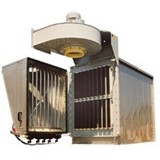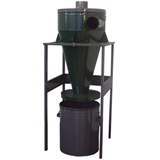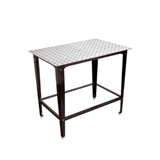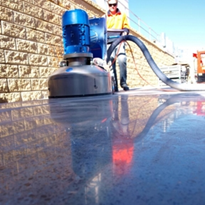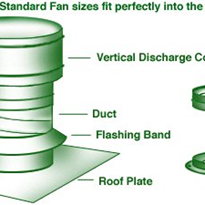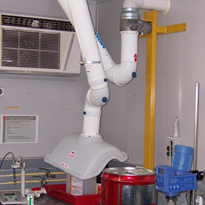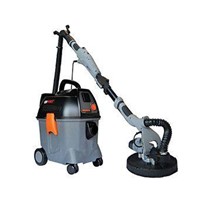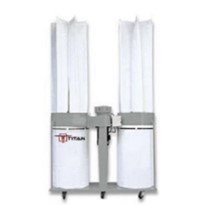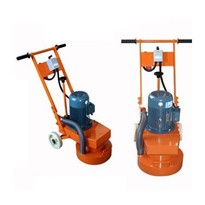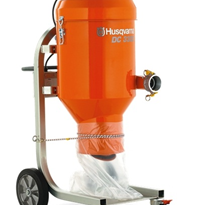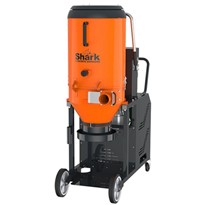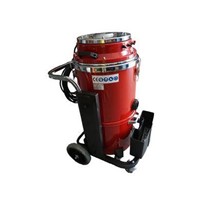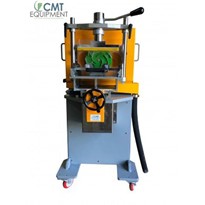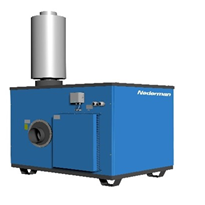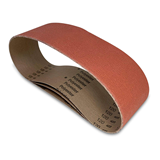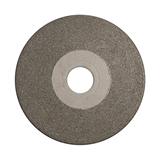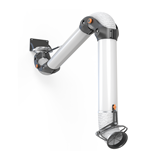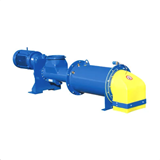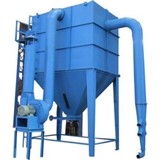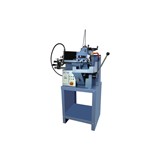Whilst most machinery can function well without a ducted extraction system fitted, installing a dust extractor or a vacuum system is essential for better productivity and the only way to achieve a safe working environment.
Why are dust extractors and vacuum systems important?
Well-made and well designed dust extractor and vacuum systems are considered important pieces of equipment in a professional concrete grinding and polishing business. Even the smallest job requires a small or medium dust vacuum and dust extractors as they help establish a clean, safe, and productive workplace in the long term. Cleanup time is significantly reduced with heavy-duty dust extractors directly attached to the concrete grinder or planer. A dedicated vacuum cleaner or a dust extractor also ensures that machines operate efficiently for a longer period of time.
When the dust extractor or vacuum is insufficient, this often leads to the diamond tooling wearing out prematurely and also can mean that the machine controls and even the engine or motor can be damaged from dust ingress.
What is the difference between a dust vacuum and dust extractor?
A dust extractor system is made up of various parts and is directly connected to a machinery or power tool. Its primary function is to remove dust particles and materials from the work surface and eliminate air borne dust which is hazardous. With an adequate dust extractor or collector in your fleet, your work productivity increases so you finish your job faster and the job is completed in a clean environment.
The different types of dust extractors are as follows:
- Single phase portable dust extractors are normally one, two or three motor vacuums. These often have reverse pulse to back flush the filter or have other methods to shake the filter.
- Three phase dust extractors and vacuums, These typically are much more durable and are able to run for extended hours without cleaning
- Chip extractors are high volume, low-pressure machines that are connected to high performance or high-powered machinery.
- Fine dust extractors on the other hand can filter smaller dust particles. HEPA filters can capture and process fine particles as small as 0.3 microns.
- Vacuum extractors are low volume high pressure machines and are able to filter majority of wood waste materials. They can be installed on thicknessers, planers, and bandsaws in workshop situations.
- Power tool extractors are great for small to medium-sized workshops as they collect fine dust from power tools.
A household vacuum simply does not have the power or the capacity to continuously collect all dust particles and concrete waste. In essence, a vacuum uses lower volume of air at high negative pressure velocity whilst most dust extractors work the opposite way.


